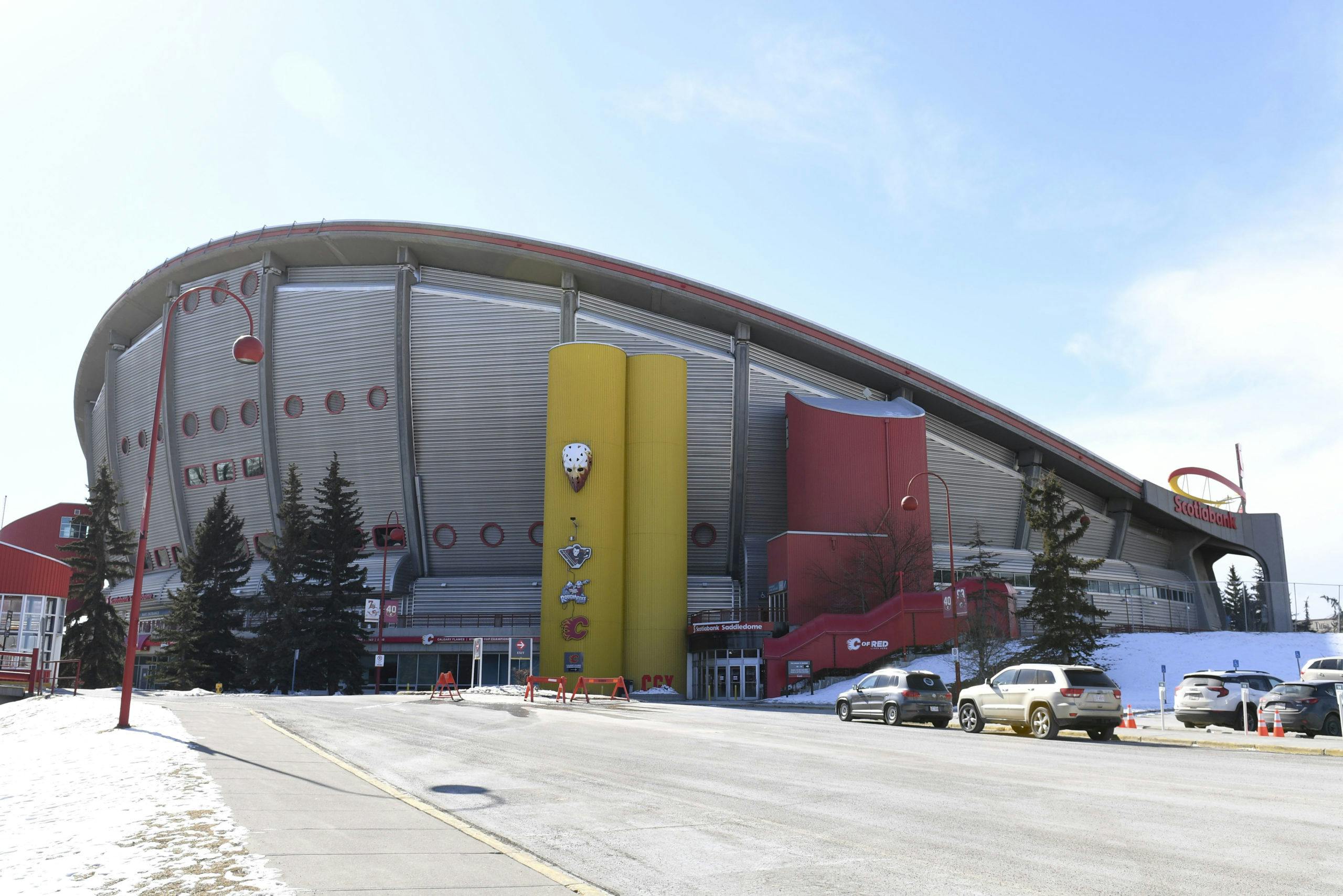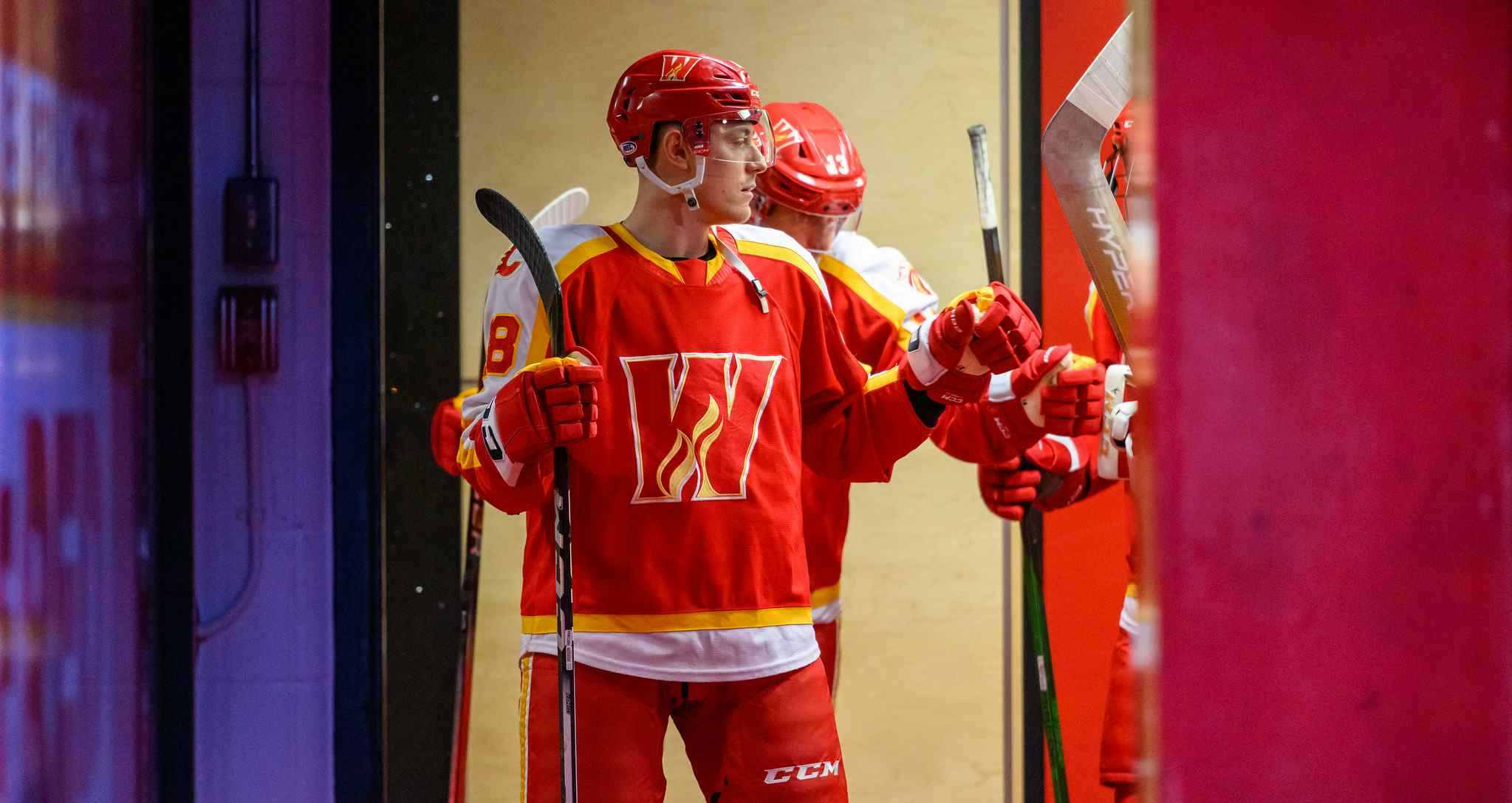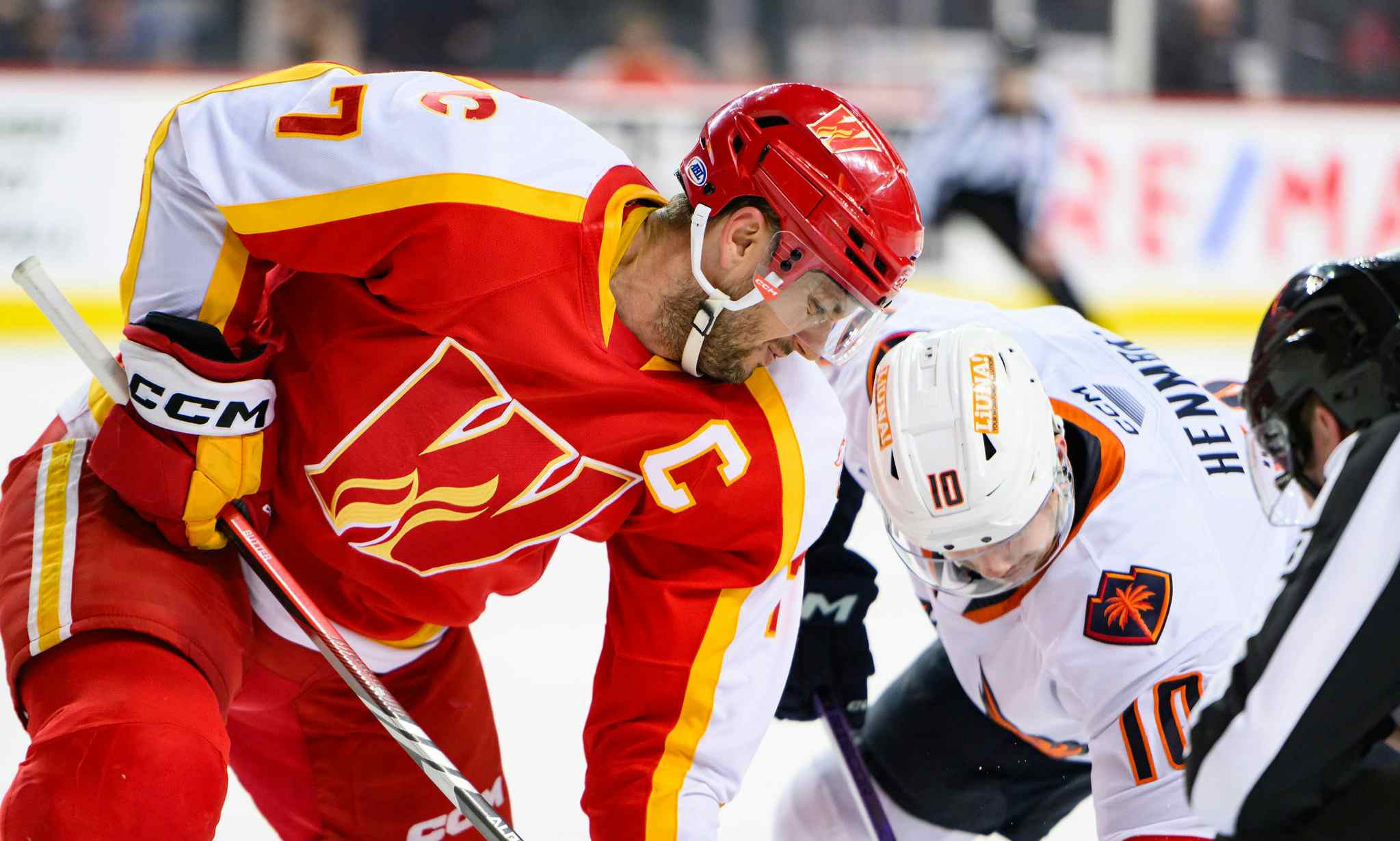What would games without fans (or with few fans) look like?

By Ryan Pike
3 years agoNobody really knows what’s happening with the remainder of the 2019-20 National Hockey League season. All we know for sure is no hockey will be played between now and the end of August at the Scotiabank Saddledome due to the provincial ban on large events and the city’s status as a lingering COVID-19 hot spot.
But what about the 2020-21 season? It certainly seems like the Calgary Flames could be playing in front of a reduced crowd if/when the season begins in December (or even January). What would that look like, and would that even be feasible?
The status quo
Alright, let’s deal with an uncomfortable truth: unless something has drastically changed in recent years, the Flames are in the bottom third of the league in revenues and are receiving revenue sharing. That’s not to say that the team is a leaky boat, but the limitations of the Saddledome combined with general economic challenges in Alberta and a weak Canadian dollar has hamstrung the Flames a bit relative to the rest of the league.
But when games start again, barring a vaccine, it seems likely that they won’t be operating under the status quo.
Let’s talk revenue
There are two things at play here that will likely undercut NHL team revenue when games start back up:
- Can teams operate at full capacity?
- Will fans want to come back to full buildings?
If public health officials are enforcing any type of distancing, that will reduce building capacities as a matter of course.
ESPN’s Greg Wyshynski spoke with the folks that run the SAP Center in San Jose:
Then there’s the question of which fans actually get in the building once restrictions start to loosen.“What if, on top of that, the only people you’re allowed to have are ones in suites, because all the suites have glass enclosures on them and they sit between 12-18 people? Maybe groups of 12-18 people are allowed, so we’ll build a model for that. I don’t know that’s something that will be suggested, but that’s a model we can build. What if it’s only 1,000 people? OK, now we lay 1,000 people into the upper and lower bowls, and we talk about how we’ll get them in through the doors, what that looks like. We probably have to give them times for them to show up. And which 1,000 get in? We have between 8,000-10,000 season-ticket holders. We have to think through that,” said Becher.
If six feet is the magic number for social distancing, you’re looking at booting out three of every four seats and operating at about 25% capacity at the ‘Dome. That’s a capacity of 4,800.
That is: if people feel comfortable attending. Our friends at Postmedia wrote a survey by ThinkHQ about how comfortable people feel…
If fans have confidence in the social distancing rules keeping them safe, they’ll probably come back. But between fan nervousness and the economy, it seems unlikely that the Flames will have robust revenue for awhile – at least until therapies or a vaccine are readily available – as either the ticket prices or the number of fans in the building will probably need to be adjusted. (If not both.)
Depending on what kind of distancing rules are put in place, it wouldn’t be shocking if concessions were standardized to avoid fans having to wander around willy-nilly – fewer choices could lead to less revenue per fan, independent of the economy factor.
Let’s talk expenses
Alright, bad news first: it sounds like a lot of teams took it in the teeth when the season’s “regular” state of affairs was washed out. From ESPN:
It’s a question many have asked about NHL teams during this pandemic: Does insurance cover any of this?“The short answer is no. There are some cases where insurance can help, but almost all policies don’t have a pandemic exception in them,” Becher said. “I don’t think any of the lawyers drawing up these policies were alive back in 1918, the last time we went through this.”Which means teams like the Sharks are looking at significant monetary losses that would be made more significant if the regular-season isn’t completed in some fashion. The Sharks have 12 games remaining, but only five of them were home games.
(The Flames had eight home games left, among the most in the league.)
We referenced potential new distancing procedures in the prior section. Even if there are no physical changes to the space – taking out seats seems excessive – there would need to be modifications to mark off seats that aren’t in use. Ticketing would probably need to be altered, potentially to stagger entrances or entrance times.
And expect a lot more cleaning and sanitizing, plus hand sanitizer stations everywhere. Between supplies and staff, those are extra expenses.
Something to recall
With as ideal a situation as they could muster in the NHL’s oldest non-Madison Square Garden building, the Flames were bottom third in revenue in the league. If/when things kick off again in all NHL buildings, it seems probable that they’ll have significantly lower revenue accompanied by some significant unanticipated expenses – and that’s ignoring the loss of eight home dates from 2019-20. They won’t be alone in this situation – virtually every NHL club will be in the same boat – but you have to wonder about the sustainability of such an enterprise.
It’s something the clubs and the league as a whole will have to bear in mind as the 2020-21 season creeps towards us.
Recent articles from Ryan Pike





